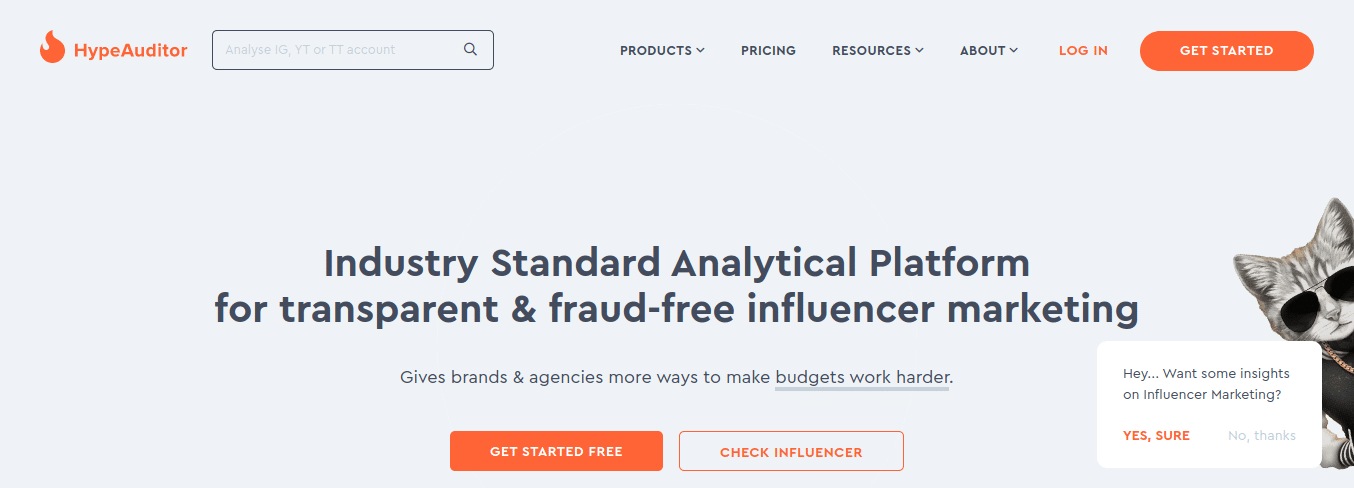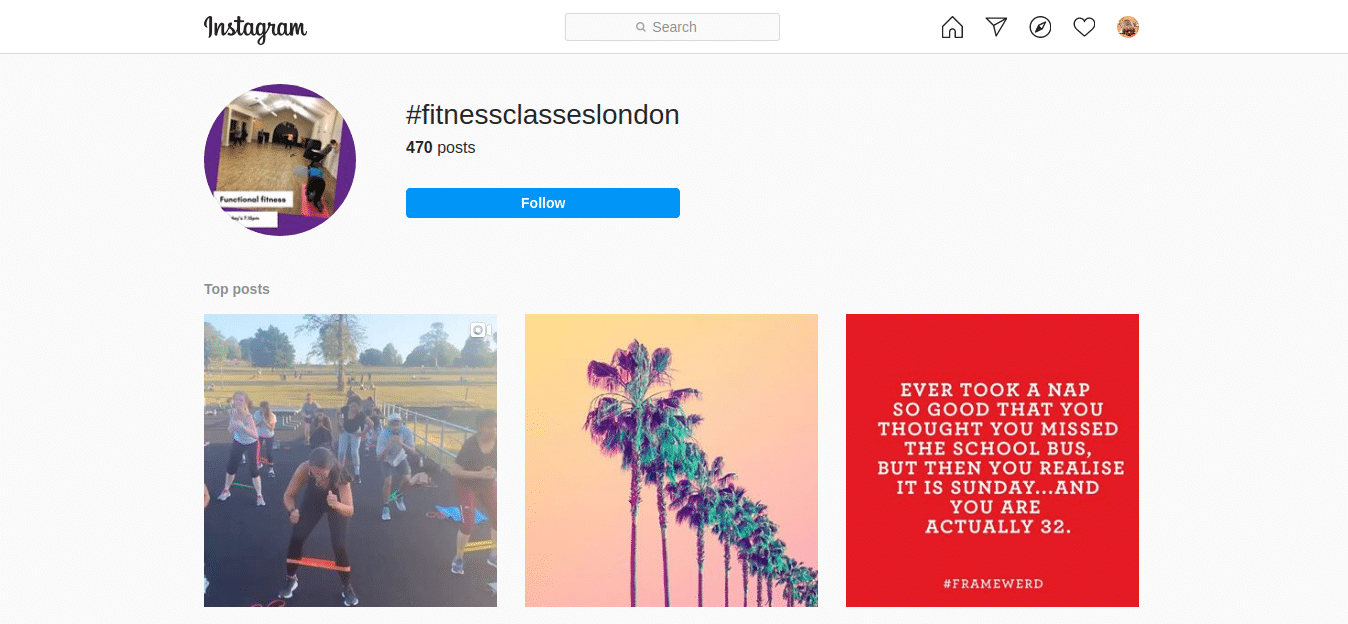If you have been looking for alternative ways to market your business, you might have noticed the growing popularity of micro-influencers.
But what is a micro-influencer, and why should your brand opt for them for your social media marketing campaigns?
Micro-influencers are individuals who command a super-engaged niche following between 1,000 to 100,000. Here are two solid reasons to work with micro-influencers:
- Engaged audience
Research by Influencer Marketing Hub of different social media platforms revealed that accounts with millions of followers showed fewer engagement rates than those with a medium-size following.
Most micro-influencers are experts in their niche, hence share specialty content genuinely interesting to them. Besides, micro-influencers interact with followers on a personal level, making them more relatable.
- Inexpensive
Let’s face it, famous influencers demand a lot besides the high fees when promoting a sponsored post. However, 97% of micro-influencers on Instagram charge less than USD 500 a post.
In fact, many are also open to barter deals in the form of gift vouchers or free products.
How to Find the Right Micro-Influencer for Your Brand?
The influencer market is unregulated and undefined. That means anyone with a relatively large following can brag to be a micro-influencer.
Yet, they may not be ideal candidates to promote your brand. Here’s how you can find the right micro-influencer for your brand.
1. Real followers or bots?
Social media platforms have tried to tackle bots with little success. However, it is sad knowing some micro-influencers use bots to create a sense of a large audience. As much as you may want an influencer with a large following, validate organic growth.
Use a tool like Socialbakers to validate an influencer’s account. Here is what you may need to check when validating a micro-influencers’ followers.
- Comment quality
- Daily follower chart
- Follower organic growth
- Followers to likes ratio
- Video views
In your search, confirm whether there has been a spike in followers in recent times, which may be a sign of bot activity.
[insert page=’2020-a-time-for-new-expectations-in-the-world-of-influencer-marketing’ display=’single-related-article.php’]
2. Check relevancy
A test for relevance demands you look for clues whether the micro-influencers audience applies to your target audience. There is no use seeking a micro-influencer in the food and beverage sector if you are running a fashion store.
Also, determine if the audience will engage with your brand by validating the quality of the influencer’s post. Does it spark rich and lengthy conversations? Other factors to consider are:
- Target demographics: are their followers women, men, boomers, or generation Z?
- Target geography: where does their audience live? For instance, a micro-influencer popular in one city may not be useful if your target audience is in a different city.
3. Test for social media engagements
Social media engagements such as likes, shares, and comments are important metrics in any social media marketing effort. To find out if the micro-influencer is worth a penny, compare:
- Follower activity vs follower size ratio – for example, a micro-influencer with 50,000 followers and 2,000 likes or shares does not deliver high engagement to one with 25,000 followers and 7,000 likes, shares, or comments.
- The depth of followers’ involvement in the posts – that is determining how engaged the audience is when commenting or sharing suggestions. Look out if most comments are just iterated. It may be a sign the audience isn’t that engaged.
[insert page=’why-instagram-influencer-marketing-should-be-your-go-to-ecommerce-strategy’ display=’single-related-article-02.php’]
4. Use Influencer Marketing Tools
A big advantage of influencer marketing tools is that they are less tedious to use compared to other methods and allow both expanded search and boolean queries. Some of these tools are:
- Hypeauditor: features an AI that ranks bloggers and top Instagram influencers by quality of followers and engagement levels. Besides giving you real data on an influencer’s real followers, you can categorize influencers into various niches, their audience country, main post, and current ranking.

- Influencer.co: allows you to filter micro-influencers by username or category, location and follower count. Once you find a potential, you can dig in their profile and activities before you reach out.

5. Conduct a keyword search on Google and YouTube
Apart from scouring social media platforms, it’s a good idea to also perform a keyword search on Google and YouTube. Search engines are excellent for finding bloggers and vloggers that you can partner with to help increase your brand’s reach.
On Google or YouTube search bar, enter your niche or search term. You can do something like “yoga tutorial for beginners,” and search through the results for the vlogger or micro-influencer ideal to your audience.

From that search result, you can dig deeper into the comments, shares, likes, and how the micro-influencer engages with her audience. If you are impressed with the result, reach out with your goals for wanting to establish a relationship.
[insert page=’10-tips-for-creating-an-effective-influencer-outreach-email-campaigns’ display=’single-related-article.php’]
6. Use relevant hashtags and brand hashtags
You may think hashtags are only for increasing a post’s reach. However, they are also useful in finding micro-influencers. For brands with some following, a combination of relevant and branded hashtags on Google and social media can help in the search for influencers.
Take, for example, if you are in the weight loss industry, you can use search terms like “weight loss” or “fitness” or “yoga.” Let’s see this in action on Instagram.

As you can see, our search has brought us to #fitnessclasslondon. From here, you can dig into each post or video and check if a micro-influencer posted any.

Check out how the followers are engaging with her content – the likes, shares, video views. Once impressed, you can contact such an influencer for brand promotion campaigns.
Conclusion
The right micro-influencers can help expand reach and increase brand awareness. The key lies in selecting one who is in line with your brand objectives and speaks to a similar target audience.



